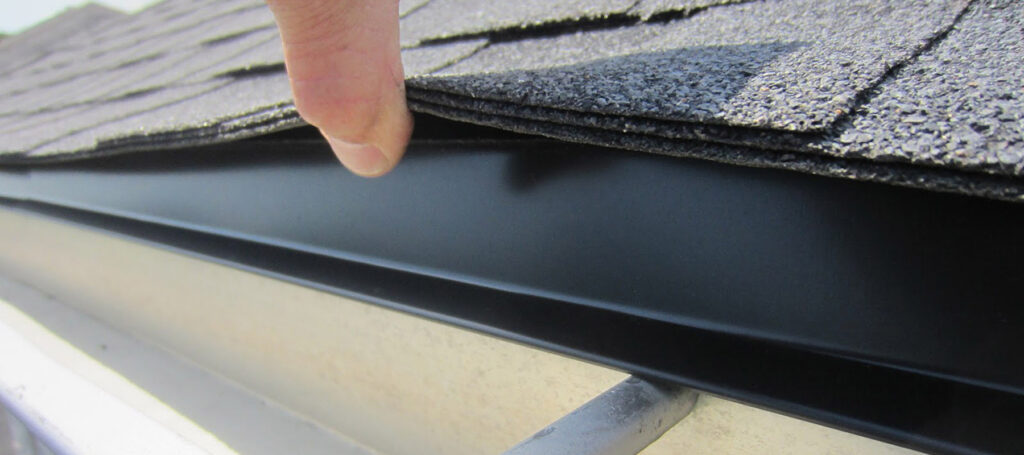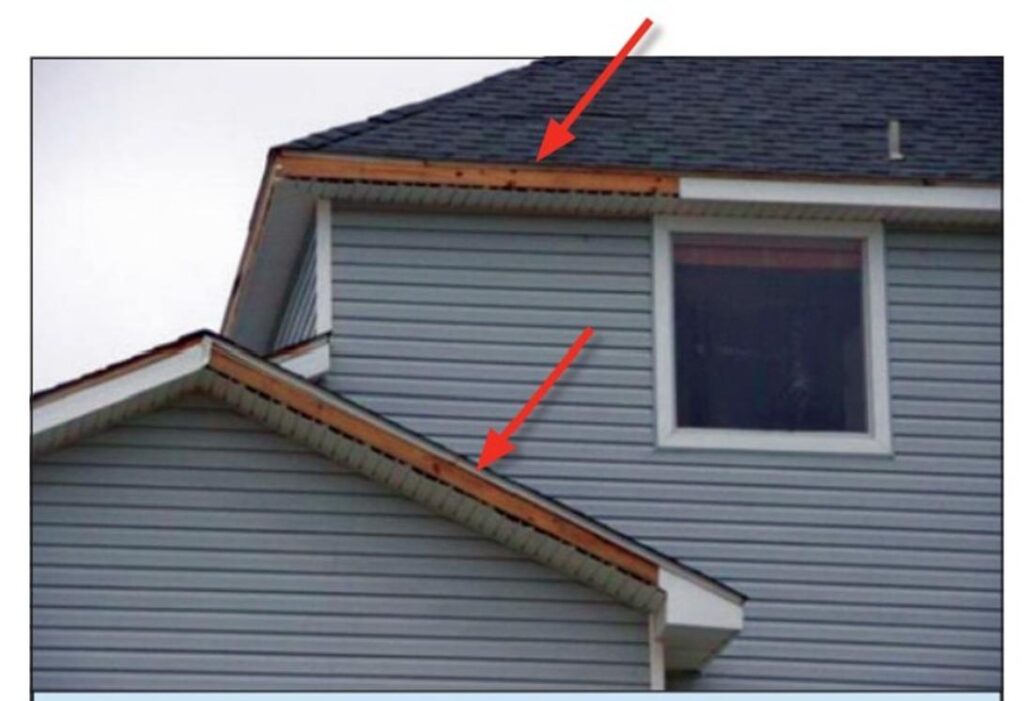Essential Guide to Drip Edge for Your Roof: Presented by A Gainesville Roofing Contractor

Welcome to the world of roofing where every component, no matter how small, plays a vital role in protecting your home. At Brehm Roofing in Gainesville, Florida, we specialize in all aspects of roofing from roof replacements to new installations, ensuring every element of your roof is perfect, including starter shingles and the crucial drip edge. Servicing North Central Florida, our team is dedicated to maintaining the integrity and longevity of your roof. Let’s delve into the significance of drip edge and how it’s installed on various roof types.
What is Drip Edge?
Drip edge is a metal flashing installed at the edges of a roof to direct water away from the fascia and into the gutter. It’s more than just a finishing touch; it’s a critical component for preventing water from getting under the roofing materials and causing damage. Florida Building Codes mandate the use of drip edge at eaves and gables of shingle roofs, ensuring every building is equipped to handle the harsh weather conditions.
Installation on an Asphalt Shingle Roof
For an asphalt shingle roof, the drip edge plays a vital role in the overall roofing system. It is critical the roofing company installing your roof replaces any damaged drip edge. Drip edge is a key component in waterproofing your roof. Here’s how we install it:
- At the Eaves: The drip edge is placed directly on the deck. It can be installed over or under the underlayment as per Florida Building Codes, but always beneath the starter shingles. This position ensures water drips off the roof and into the gutters, not underneath the shingles.
- At the Gables/Rakes: Here, the drip edge goes over the underlayment, ensuring a watertight seal along the roof’s edges. This method prevents wind-driven rain from infiltrating the roof structure.
Installation on a Metal Roof
Metal roofs require precision and understanding of material expansion and contraction:
- Eaves and Rakes: The drip edge is installed before the roofing material. It’s fastened at a maximum of 12 inches on center to securely hold against wind uplift and ensure a clean line for the metal panels to rest against.
Installation on a Concrete Tile Roof
Concrete tile roofs have their unique requirements, but the drip edge still serves the same purpose:
- Underlayment First: Unlike asphalt roofs, the drip edge for tile roofs is typically installed after the underlayment is laid down, providing an extra layer of protection against water intrusion.
Importance and Compliance
The drip edge is not just a recommendation; it’s a requirement under Florida Building Codes to have a drip edge at eaves and gables. Overlapping pieces by a minimum of 3 inches ensures a continuous barrier against water. Furthermore, it must be mechanically fastened a maximum of 12 inches on center, areas in wind zones where winds exceed 110 mph it is important to reduce this to 4 inches on center to withstand the harsh Florida weather, from heavy rains to strong winds.
At Brehm Roofing, we understand the importance of each component of your roof. We approach every roof replacement, installation, or reroofing project with a detailed focus on ensuring every part, from the starter shingles to the drip edge, is installed correctly and efficiently. Our commitment to quality and excellence in the roofing industry makes us a leading roofing contractor and roofing company in Gainesville and the broader North Central Florida region.
In conclusion, whether you’re looking at a new roof installation or considering a reroof, remember that the drip edge is an essential part of your roofing system. It’s not just about compliance; it’s about protecting your home for years to come. For all your roofing needs, count on Brehm Roofing to deliver quality and professionalism every step of the way.

